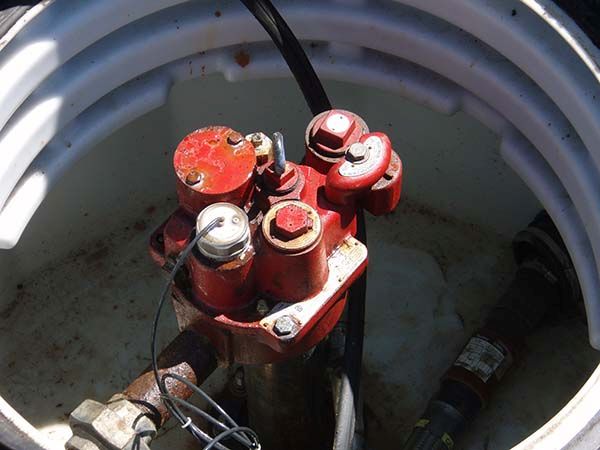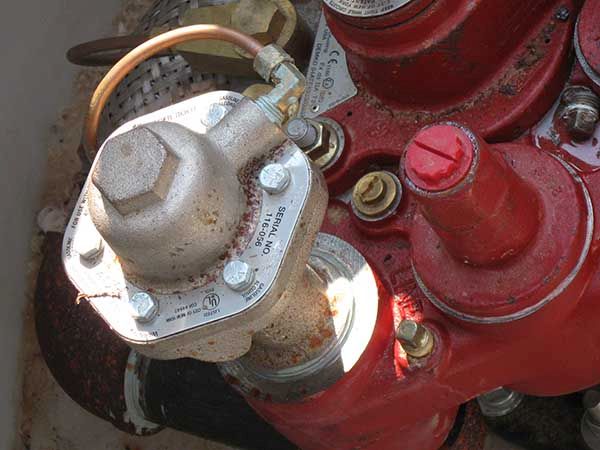Testing Automatic Line Leak Detectors FAQs
The failure of pressurized piping is the primary source of petroleum contamination from underground storage tank (UST) systems today. Automatic line leak detectors (ALLD) are required to prevent this. But do ALLDs work properly after installation? The only way to know is to test the device every year (annually) as required by law. The requirements for testing can be complicated. Here are answers to frequently asked questions about ALLDs for UST owners, operators, testers and inspectors
- What is an ALLD and what does it do?
- An ALLD is an electronic or mechanical device that continuously monitors for catastrophic releases from underground piping. The device looks for a drop in pressure greater 3 gallons per hour (gph) each time the dispenser is activated.
- Are there advantages in using an electronic device versus a mechanical ALLD?
- One advantage is that they can do a monthly and annual precision test, eliminating the need for interstitial monitoring or annual line tightness testing. They also seem to run better in cold climates.
- What happens if a leak is detected?
- Within one hour of detecting a leak the ALLD will activate a flow restrictor, shut-off or alarm. These are your indicators there may be a problem. Some electronic ALLDs trigger positive turbine shutdown when a release is detected.
- Is an ALLD required on all pressurized piping systems?
- Yes. All underground pressurized piping must have one of these devices.
- Are there any requirements to maintain my ALLD?
- Yes. The ALLD must be tested annually to make sure it is functioning properly. ALLD means Automatic Line Leak Detector Leak Detection (LD) results must be monitored and recorded every 30 days and kept on file. Must show the past 12 months records without two consecutive months of missing, invalid, or inconclusive results.
- Pressurized piping must meet one the following requirements:
-
- ALLD (3 gph) and double-wall pipe with liquid interstitial monitoring.
- ALLD (3gph) and double wall pipe with visual (manual log) interstitial monitoring.
- ALLD (3gph) and 0.2gph leak rate test at least once each 30 days, double-wall.
- ALLD (3gph) and annual line tightness test (LTT) 0.1 gph leak rate test on single-wall pressurized lines.
- ALLD (3gph) and annual LTT 0.1 gph leak rate test on double-wall pressurized lines.
- Who can test an ALLD?
- A UST worker who is a manufacturer trained technician.
- How is an ALLD tested?
- The tester attaches a test device to the ALLD and simulates a leak to see if the ALLD activates and at what rate. The tester must use a method and equipment approved by the manufacturer.
- Must an ALLD achieve a minimum detectable leak rate of 3 gallons per hour every year?
- Yes. Must meet annual performance measurements set out by the EPA. All ALLDs are required to meet a 3-gph leak rate test. This reduces the risk of releases to the environment.
- At what point should an ALLD be replaced?
- An ALLD that fails the 3gph test must be fixed or replaced.
- Any questions?
-
- Call or Email: Cheryl Paige at 907-269-7679
- Underground Storage Tanks webpage
- Common ALLD Brands in Alaska
-
- Red Jacket
- Vaporless
- Veeder-Root
- FE Petro
- EBW




 Indicates an external site.
Indicates an external site.